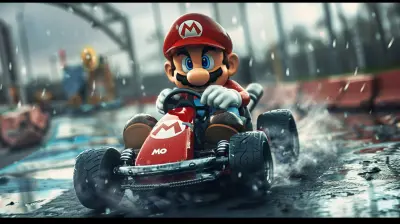8-Bit Horror Games: Spooky Stories in Low Resolution
3 July 2025
When you think of horror games, what pops into your mind? Maybe something with hyper-realistic graphics, dark atmospheric lighting, or cinematic jump scares that make you scream like a banshee. But hold up—before Resident Evil and Dead Space dominated our nightmares, there was a much simpler, pixelated breed of horror that didn’t need flashy visuals to mess with your head.
Yep, I’m talking about 8-bit horror games—those eerie little gems that turned basic sprites and chiptune music into bone-chilling experiences. You might raise an eyebrow and think, “How scary can a game be when it looks like it belongs on a 1980s’ lunchbox?” Well, friend, prepare to be surprised.
Let’s turn down the resolution and crank up the fear as we dive into the nostalgic and nerve-wracking world of 8-bit horror games.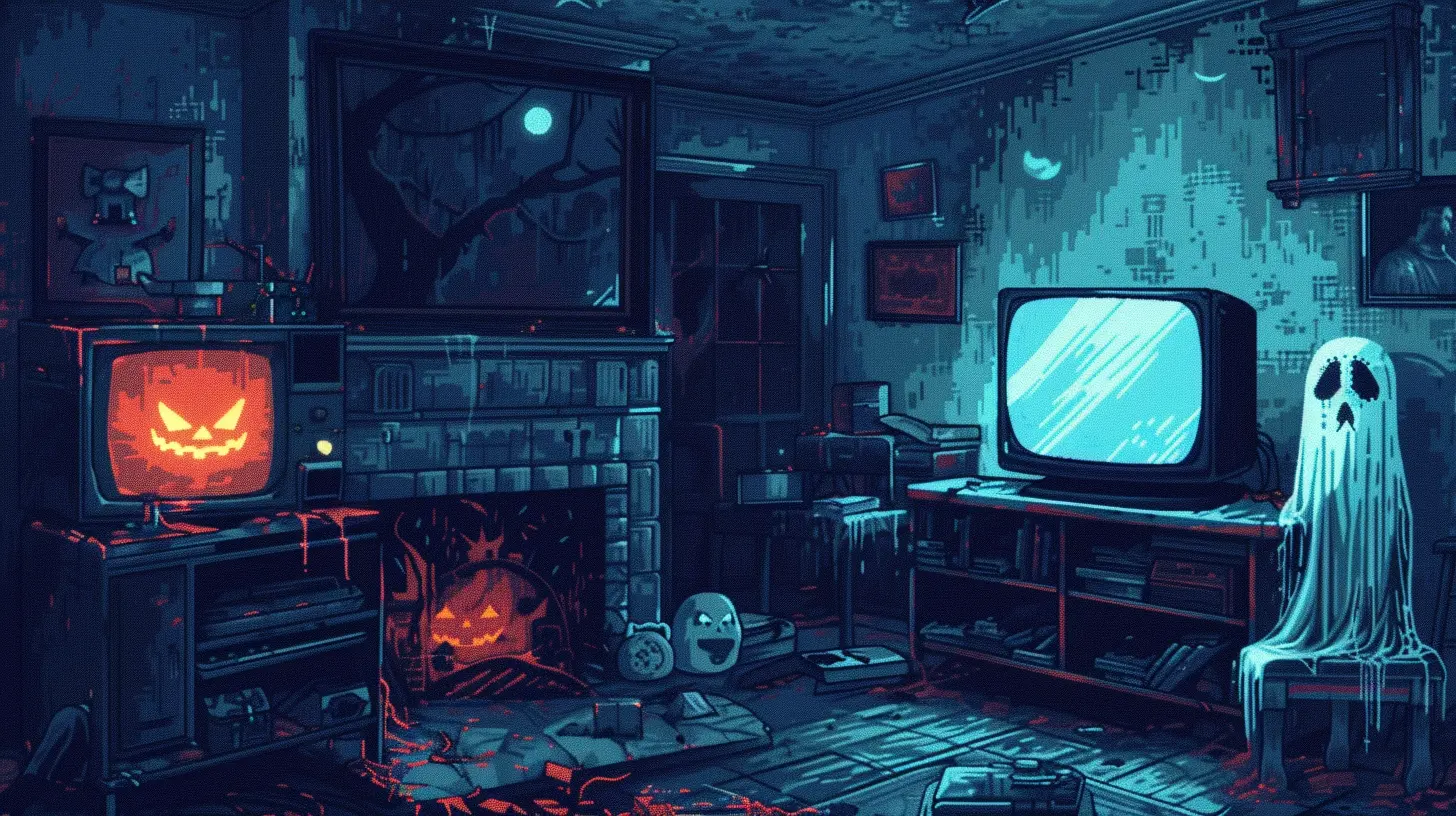
Why 8-Bit Horror Hits Different
Here’s the thing: fear isn’t just about what we see; it’s about what we imagine. And 8-bit horror games are absolute masters at leaving things to your imagination. When the screen is filled with chunky pixels and lo-fi audio, your brain fills in the gaps—and often makes things way creepier than any photorealistic zombie ever could.Ever heard of the phrase “less is more”? That’s the golden rule in 8-bit horror. These games use subtlety, mystery, and psychological tricks to mess with your mind. It’s like telling a ghost story around a campfire—your imagination does most of the heavy lifting.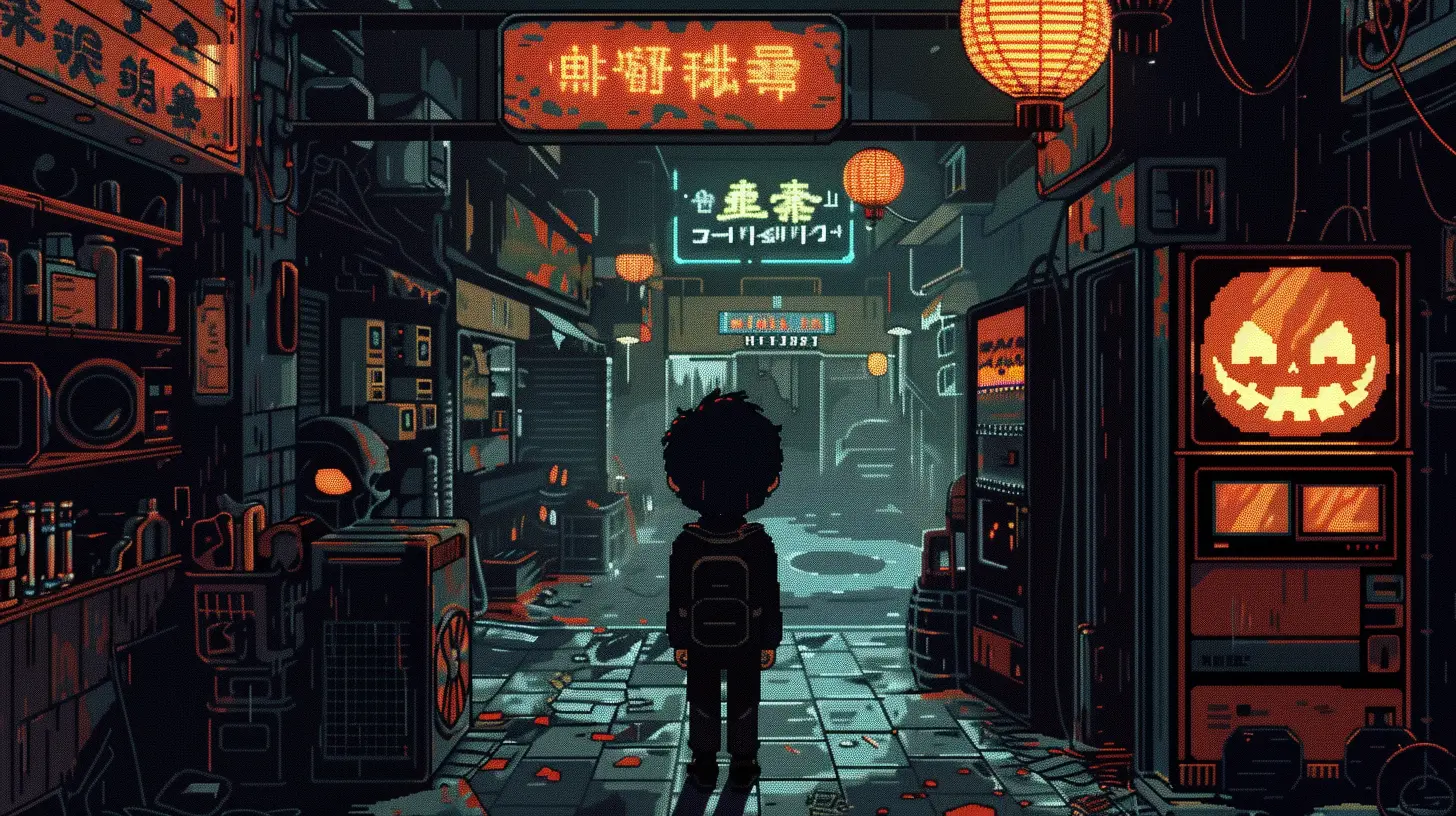
The Origins of 8-Bit Scares
Back in the day, developers had to work within tight hardware limits. We're talking kilobytes of memory, limited sound channels, and only a handful of colors to work with. Yet, somehow, they managed to craft haunting experiences that still linger in gaming history.Games like Sweet Home on the NES laid the foundation for what would later become survival horror staples. Sweet Home was creepy not just because of its ghosts and gore, but because of its deep story and haunting atmosphere that you could feel—even with just basic graphics and MIDI-style music.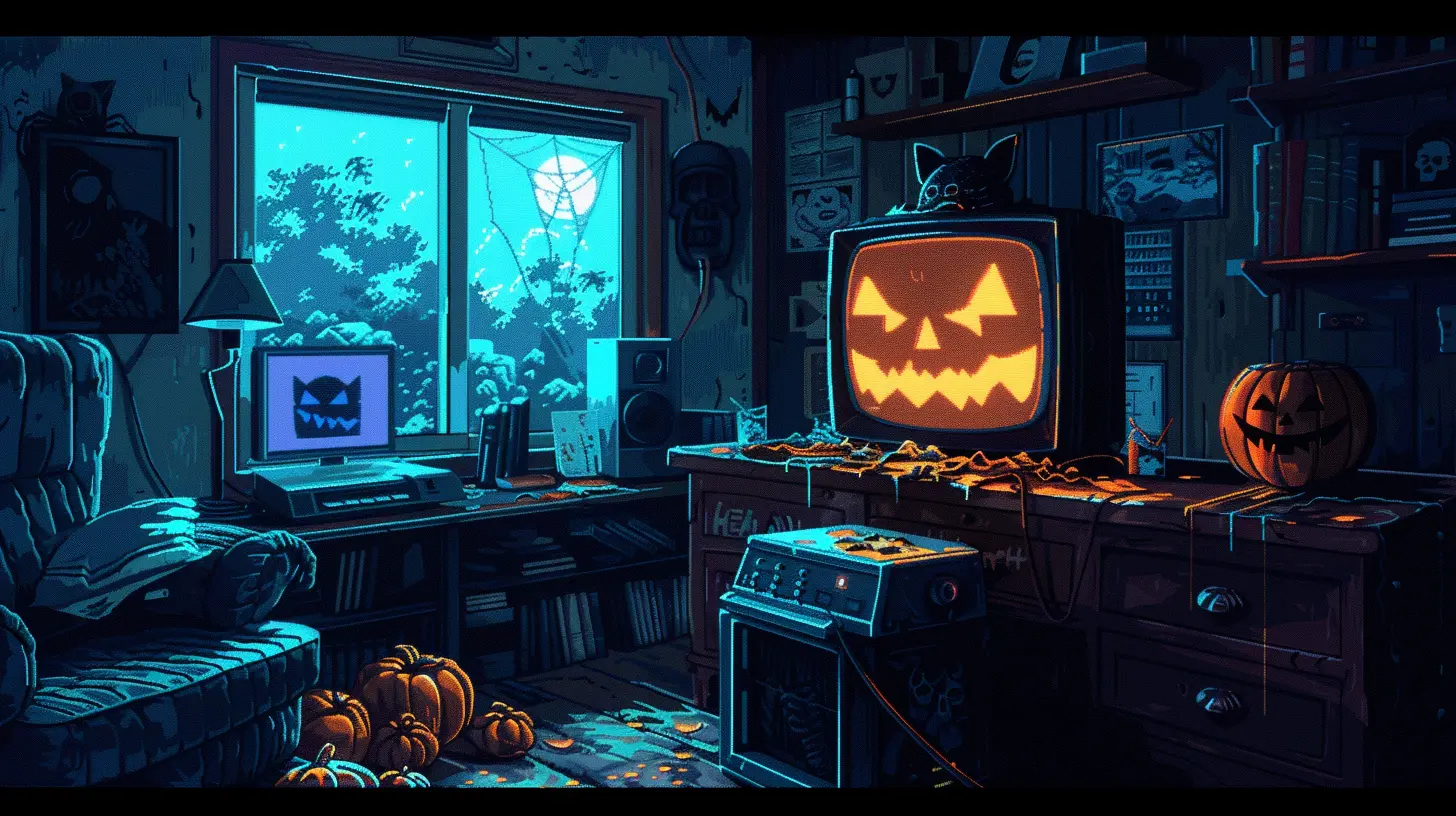
Top 8-Bit Horror Games That’ll Send Chills Down Your Spine
Alright, now let’s get to the good stuff—the games. Some of these you might know, some might be hidden gems. Either way, they all prove that you don’t need HD visuals to experience true fear.1. Sweet Home (1989)
Let’s start with a legend. Sweet Home is often considered the grandfather of survival horror games. Released only in Japan for the Famicom, it’s based on a horror movie of the same name. Players explore a haunted mansion, use items to solve puzzles, and try to survive deadly spirits.Even with its primitive graphics, Sweet Home is terrifying. It blends RPG elements with horror, making you feel the weight of every decision. Lose a team member? They’re gone for good. Welcome to permadeath, baby.
2. Uninvited (1986)
Point-and-click meets haunted house—what could go wrong? In Uninvited, you wake up outside a creepy mansion with no memory of how you got there. As you explore, the game throws eerie events right at your face—ghosts, monsters, and unsettling discoveries.The kicker? You can die in the dumbest ways if you're not careful. The clunky controls and old-school UI actually enhance the game's dread—you’ll panic just trying to open a door or light a candle.
3. Maniac Mansion (1987)
Okay, this one’s a bit more on the comedic side, but Maniac Mansion still deserves a spot here. It mixes B-movie horror tropes with quirky humor and puzzle-solving. You explore a creepy mansion owned by a mad scientist and his equally weird family.There’s something unsettling about the game’s tone. It lures you in with laughs, then throws you off with darker twists. Plus, the possibility of multiple endings keeps you on edge.
4. Clock Tower: The First Fear (Super Famicom, 1995)
Okay, I know what you're thinking—Super Famicom is technically 16-bit. But hear me out: the game's design feels like a relic of the 8-bit era, and its pixelated graphics carry that low-res charm.You play as Jennifer, a young girl trapped in a mansion, being hunted by a scissor-wielding maniac known as Scissorman. You can't fight back. The only way to survive is to hide or run. And believe me, when Scissorman bursts onto the screen, your heart skips a beat.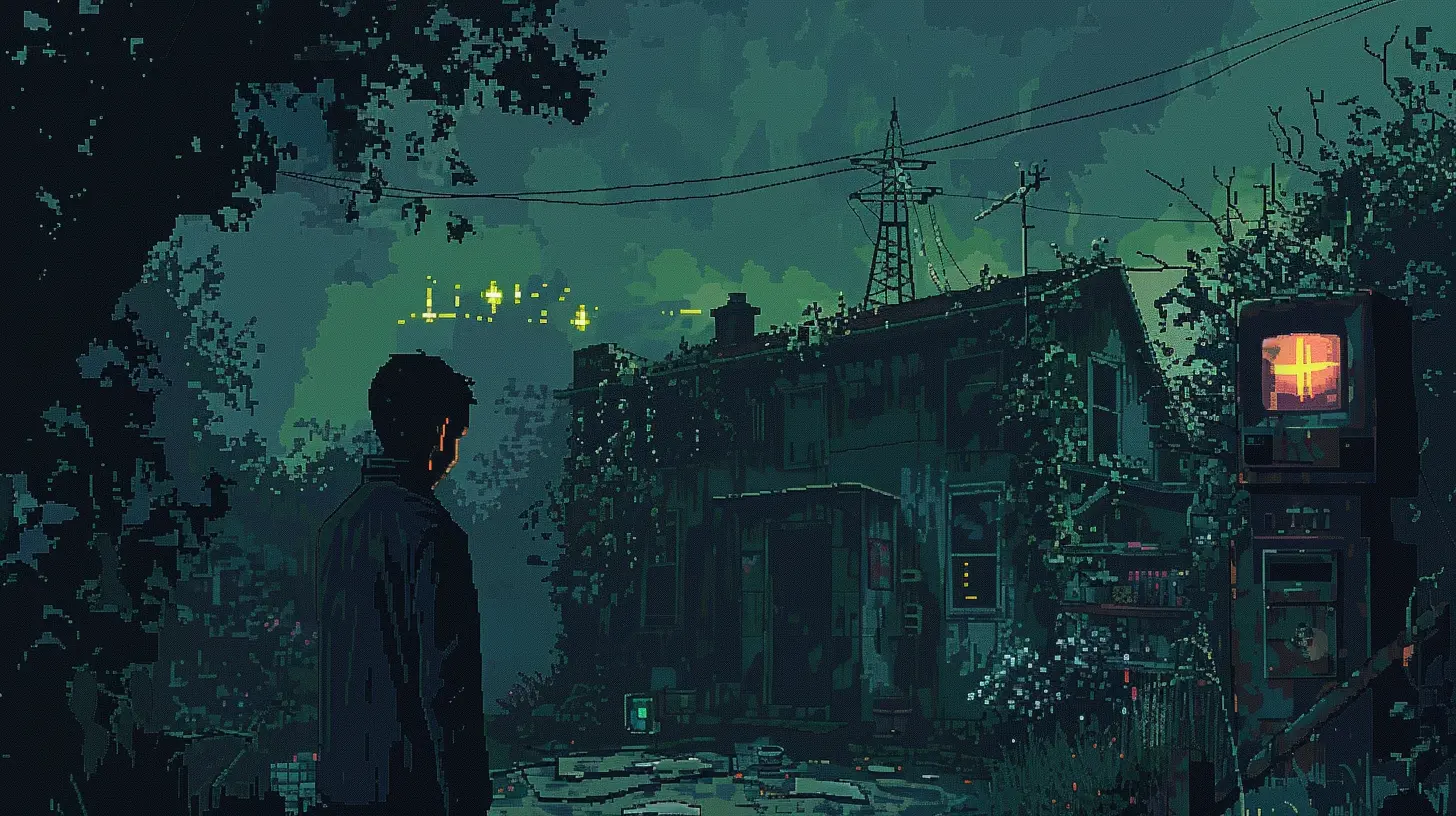
The Unique Charm of Pixelated Terror
So, what is it about low-res horror that keeps us coming back for more? For one, the nostalgic aesthetic hits home for many of us who grew up with NES or Game Boy. But it’s not just about nostalgia—it’s about atmosphere.Low-res graphics force the player to engage more deeply. You’re not passively consuming hyper-detailed cutscenes; you’re imagining what’s in the shadows. You’re leaning closer to the screen to catch every detail. And that’s where the magic happens.
Audio Matters Too
Let’s not ignore the audio. 8-bit horror soundtracks are creepy masterpieces. With such limited sound channels, composers had to get creative. The result? Minimalist, haunting melodies that worm their way into your brain and refuse to leave.Ever played a game where the music cuts out suddenly? That silence speaks volumes. You just know something bad is coming.
Indie Games Reviving the 8-Bit Horror Vibe
Just when you thought 8-bit horror was a thing of the past, indie developers swooped in like pixelated phantoms to bring it back.Games like Home by Benjamin Rivers or Lone Survivor mix retro visuals with modern storytelling. They’re proof that this art style hasn’t just survived—it’s evolved.
These indie titles often tackle themes like isolation, trauma, and guilt, making the scares feel more personal and intimate. It's not always about monsters; sometimes, the horror is what’s inside your own head.
The Psychology of Pixelated Fear
It’s fascinating to think about how something so visually simple can have such a strong emotional impact. But here’s the deal—horror games, especially the 8-bit kind, tap directly into your psychology.They toy with uncertainty, limit your control, and make you question every step. You feel vulnerable, not because the graphics are ultra-realistic, but because your brain is working overtime to compensate. Your fear isn’t on the screen—it’s in your head.
That’s why these games work. They’re masters of suggestion.
Why You Should Play 8-Bit Horror Games Today
Still not convinced? Let me break it down for you:- They’re accessible – Most of these games are emulated online or available from indie stores at low costs.
- They’re unique – You’re not just playing another zombie shooter. These games offer stories and mechanics you won’t find anywhere else.
- They’re effective – No high-end GPU required to feel genuine dread.
- They’re nostalgic – If you ever had an NES, Game Boy, or early PC, these games will hit you right in the feels.
And hey, they’re fun. Isn’t that the whole point of gaming?
Tips for Getting the Most Out of 8-Bit Horror
Wanna get spooked properly? Here’s how to set the mood:1. Play at night – Everything’s scarier when the lights are out.
2. Use headphones – The audio is half the experience.
3. Don’t rush – These games reward patience and exploration.
4. Keep a notepad – Old-school games don’t always give you hints. You’ll feel like a detective scribbling down clues.
5. Embrace the weirdness – Yes, some controls are clunky. Yes, the graphics are minimal. It’s part of the charm.
Final Thoughts: The Timeless Terror of 8-Bit Horror
In a world obsessed with bigger, better, and more realistic, 8-bit horror games are a refreshing throwback to a time when creativity reigned supreme. When developers scared us with ideas, not graphics. When imagination was your greatest tool—and your worst enemy.So next time you reach for the latest AAA horror title, consider booting up something a little older, a little simpler, and a whole lot scarier.
Because sometimes, the spookiest screams come from the smallest screens.
all images in this post were generated using AI tools
Category:
Retro GamesAuthor:

Madeleine McCaffrey
Discussion
rate this article
2 comments
Cash Brown
Pixelated frights, high-res fun!
October 6, 2025 at 4:15 AM

Madeleine McCaffrey
Glad you enjoyed the blend of nostalgia and chills!
Valen Cantu
Great article! I love how you captured the unique charm of 8-bit horror games. They create an eerie atmosphere that proves simplicity can be just as effective in storytelling. Looking forward to more insights!
July 6, 2025 at 4:04 PM

Madeleine McCaffrey
Thank you so much! I'm glad you enjoyed it. I appreciate your thoughts on the charm of 8-bit horror games! Stay tuned for more insights!
